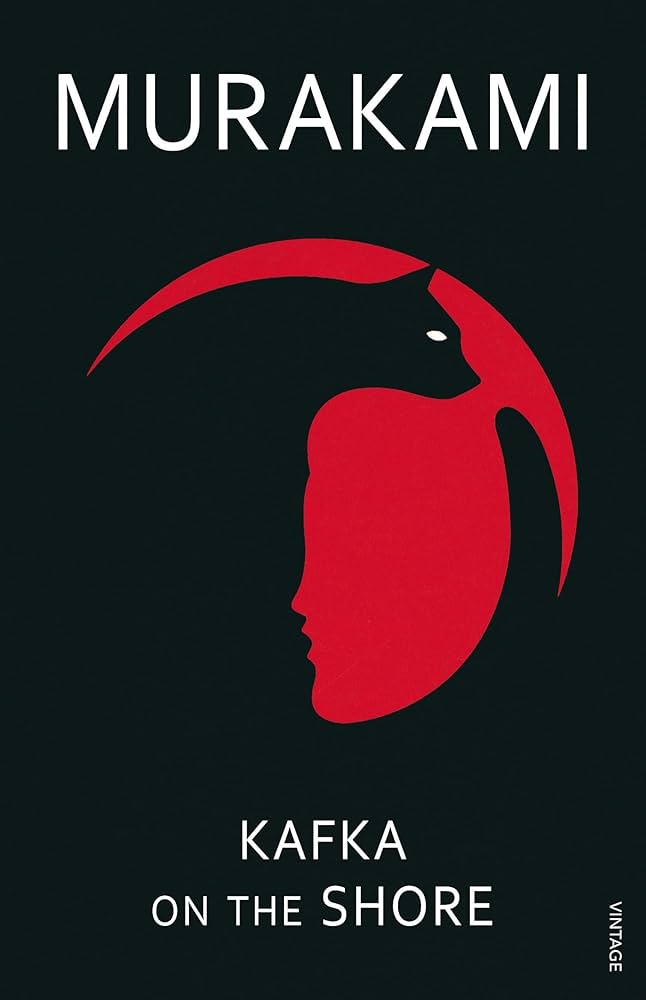
The Murakami Phenomenon has been a quiet yet powerful literary move, sweeping many Indian readers under it’s wing. You could walk into any Indian book store today, the tiny ones by your local bus stop or the big bougie ones in a shopping centre, you’re likely to find a dedicated section for Murakami books. At the forefront of the trend is, the prolific Japanese writer, Haruki Murakami. A name that has transcended literary borders and become synonymous with Japanese fiction globally. For a majority of Indian readers, this Japanese author’s novels offer a much-needed escape from the mysteries of their mundane lives. His books open a gateway to a world that is at once alien and familiar.

Moreover, his dreamlike narratives, jazz-infused moods, and introspective characters resonate deeply with a generation navigating uncertainty, identity, and emotional solitude. But Murakami is not alone. This rising trend reflects a broader curiosity about Japan’s literary traditions, both modern and classical. It is spurred by translated works, cultural exchanges, and global digital access.

Notably, some examples of his literary genius include Kafka on the Shore, Norwegian Woods, After Dark and The Wing-Up Bird Chronicle. These books are considered his top sellers and often outpace English-language bestsellers in popularity. Have you ever wondered why the Indian audience is so utterly and passionately captivated by the stories woven by a writer who doesn’t even speak the same language as them? The reasons are endless.
Comfortably out of Place:
The urban youth of the country often finds themselves emotionally isolated, a character trait mirrored in many of Murakami’s protagonists. His central figures drift through surreal worlds, questioning their existence, much like Indian readers who struggle to balance tradition and modernity.
Lost in Translation, Found in Feelings:
Though deeply Japanese in tone, the author’s Western approach makes his narratives accessible. References to jazz music and American pop culture create a cross-cultural blend that Indian readers find relatable. Additionally, his recurring themes, loneliness, magical realism, the search for identity, and a deep sense of nostalgia, resonate across age, language, and culture.
Dreamlike Allure:
Most Murakami readers agree on the transcendent quality of his writing. For instance, his signature style blurs the lines between reality and reverie. This dreamy quality aligns with the poetic sensibilities of Indian readers raised on both Tagore’s literature and Bollywood’s fantasy.

Timeless Tether:
Furthermore, the readers often feel a lingering connection. Murakami creates a silent kinship through his stories. His appeal in India runs deeper than surface admiration. It shows how literature can transcend borders and offer comfort in the most unexpected ways. For many Indian readers, picking up a Murakami novel isn’t just about reading, it’s about experiencing ambiguity and embracing life’s quiet surreality.
Stay tuned for more such articles at The World Times!



